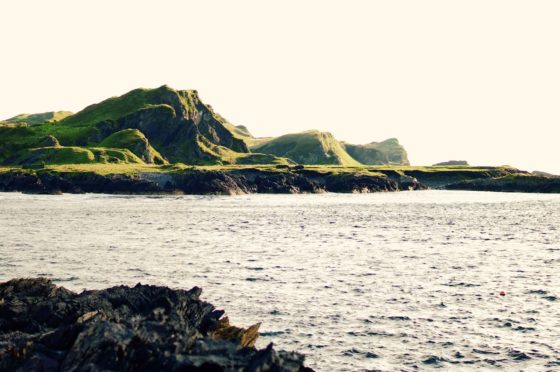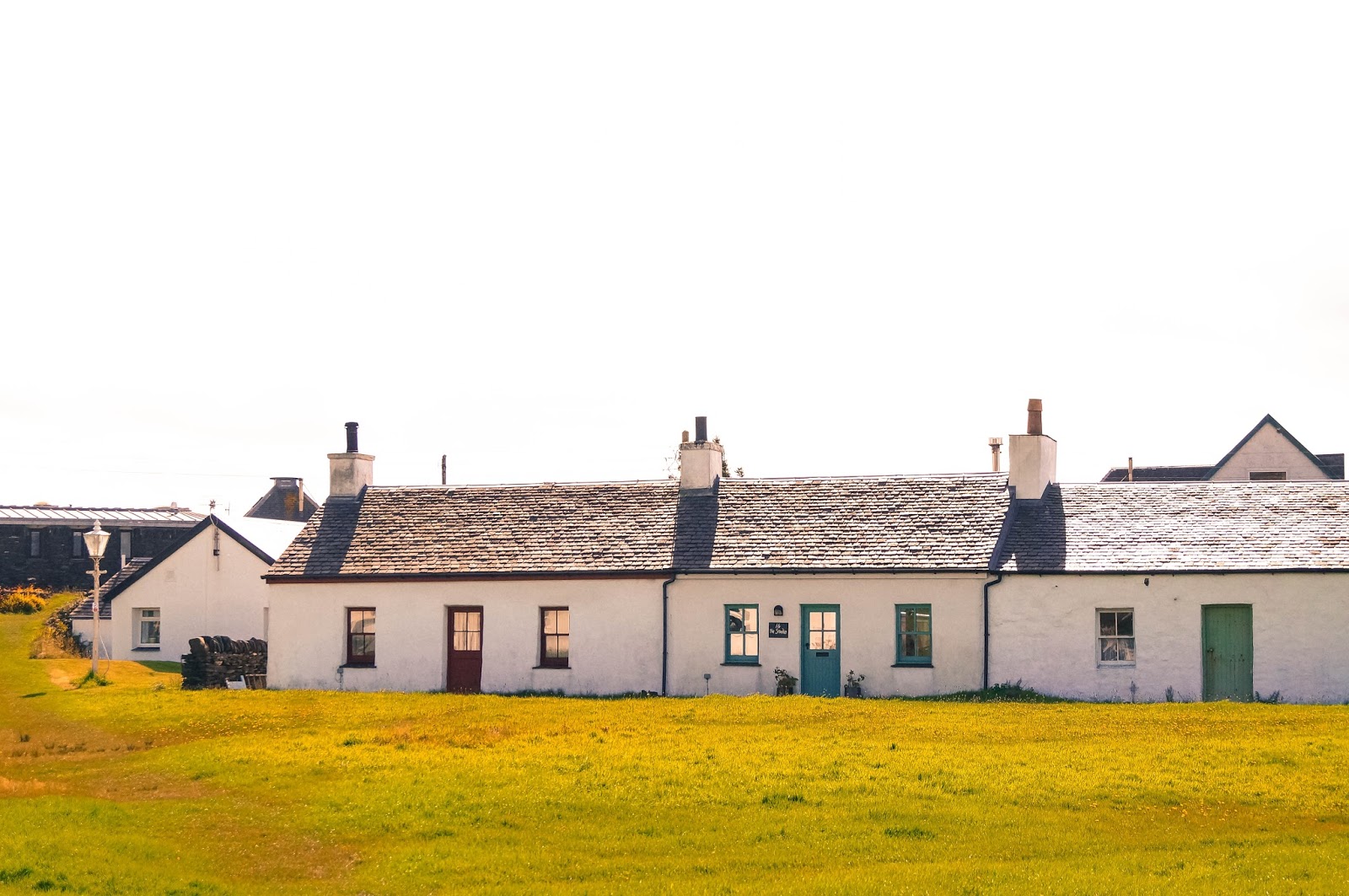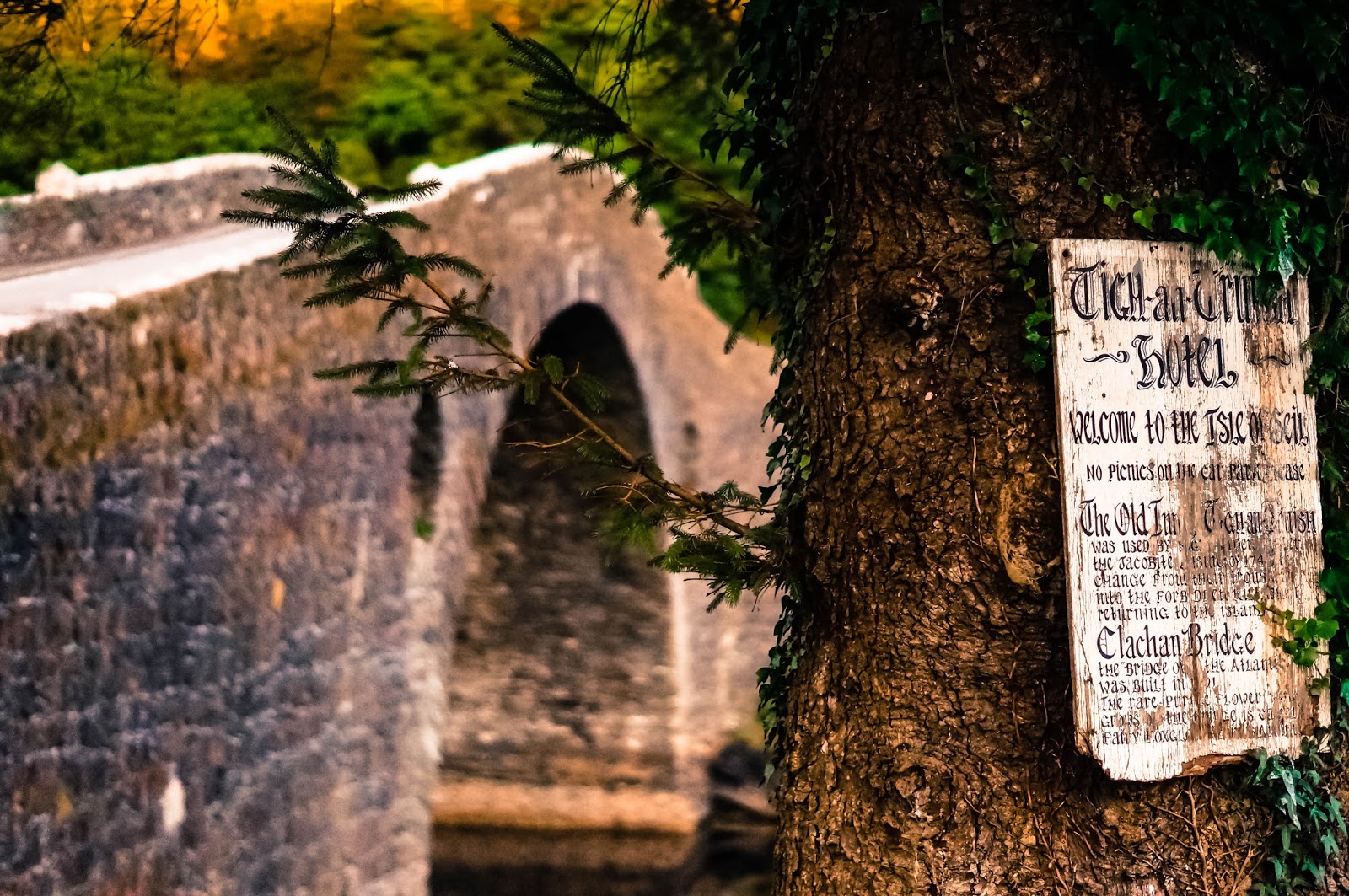
When I’m told I’m staying on a century-old lifeboat on the Isle of Seil for my birthday, I’m a little bit confused.
First of all, I’ve never heard of Seil, and second of all, at that age, I’m picturing a mouldy old ruin of a tub beached on its side in some seaweed-y shallows.
Still trying to act grateful beyond these visions, I am very pleasantly surprised when I learn the true destination of my birthday treat.
The Isle of Seil is one of Scotland’s little-known Atlantic Islands, or Slate Islands as they are also aptly named.
A group of several tiny islets including Seil, Luing, Easdale, Shuna, Fladda, Torsay, Belnahua, Birches and Lunga sit in the Sound of Lorn next to the Argyll Coast, a few miles south of Oban.
At one point in history, these were the islands that ‘roofed the world.’
Mostly made entirely from slate, the isles were the epicentre of slate production, exporting across the planet to destinations as far as South Africa and New Zealand.
And at the heart of all the slate production was the island of Easdale. Tiny in size, but until the late 1800s, one of the main producers of the world’s slate for almost three centuries.
Found to the west of Seil, quirky little Easdale is accessed by a tiny passenger/fishing boat, costing approximately £2 for a return ticket.
The best way to describe the island is like a real-life Tellytubby Land.
As soon as we disembark from the ferry on to the jetty, we’re greeted by a fleet of multicoloured wheelbarrows. There are no cars allowed on the island, so wheelbarrow is the main form of transportation, for either the human or luggage type.
The main square of the island is a nod to the island’s slate quarrying past. Many little one storey houses which would have accommodated workers surround the village green, with a quirky sign post indicating the direction to many corners of the globe, and also the island’s only pub.
Perhaps it was because we’d enjoyed a tipple or two in aforementioned pub, but we found the islanders to be extremely friendly. And not just the 60 people who live there. We were treated to the acquaintance of seven rare, curly-haired Hungarian Mangalica pigs who have their own secluded pen with spectacular views over to Mull.
As well as pigs – at the time of writing – there are three cats, ten dogs, a tortoise, a couple of rabbits, and a parrot who also live on Easdale year-round.
Come September however, the population of the island rockets as the World Skimming Championships grace the main quarry of Easdale’s many flooded slate pits.
The championships have escalated to world renowned fame in the last decade and surrounding accommodation is booked up years in advance to house skimming enthusiasts.
We missed the championships unfortunately but we had a go at skimming some of the slate pieces (that lie everywhere underfoot on Easdale) across the still and turquoise waters. The quarries ceased to exist after an enormous flood in the late 19th century that cut the slate excavation for good.
Taking the little ferry back to Seil, we decide to try the Tigh na Truich Inn towards the north of the island for dinner. Truly evocative of the Outlander era, this little watering hole lies right next to the Bridge Over the Atlantic or Clachan Bridge – a tiny stone structure built in 1792 – connecting Seil to the mainland. Before the bridge’s construction, Jacobites would take a boat across the narrow straight of Atlantic water and use Tigh na Truich to change back in to their forbidden kilts, safe on their island home from the English army who patrolled the region.
At one time a hive of Jacobite secrecy, another the roofers of the world, the Atlantic islands remain a fairly unknown area of Scotland’s intriguing history and huge export activity.
Nowadays, this archipelago is more synonymous with farming and a far more tranquil way of life. Yet, they still retain the wild, magical atmosphere of a bygone era, one that deserves to be remembered.

Enjoy the convenience of having The Sunday Post delivered as a digital ePaper straight to your smartphone, tablet or computer.
Subscribe for only £5.49 a month and enjoy all the benefits of the printed paper as a digital replica.
Subscribe © Megan McEachern
© Megan McEachern © Megan McEachern
© Megan McEachern